Using Pop Culture to Teach Media Literacy
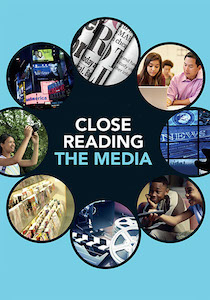 Effective educators know that one way to reach and connect with today’s students is to bring their media into the classroom. Their media can be the hook to learning and that can include everything from a hip-hop song, to a clip from a popular TV show, a trending commercial, or even a snippet from a current movie.
Effective educators know that one way to reach and connect with today’s students is to bring their media into the classroom. Their media can be the hook to learning and that can include everything from a hip-hop song, to a clip from a popular TV show, a trending commercial, or even a snippet from a current movie.
That hip-hop song can be used to teach alliteration; that TV show can be used to teach genre; that commercial can be effective in teaching argument; and that movie snippet is appropriate for teaching “film as text.” I have personally used Twitter to teach paraphrasing and summarizing.
In this space, I have previously written about these topics and more. So if you’re reading this blog for the first time, you may wish to explore my earlier columns as well as my new book Close Reading The Media, published by Routledge in partnership with MiddleWeb.
I think we can all agree that students – who are constantly “on” social media and who forward news and information from their feeds – don’t always stop and consider: is this real; is this the truth; is someone trying to fool me? But they should.
In 2018, with the explosion in disinformation and “fake news,” it is incumbent upon all of us to use every instrument in our educational toolboxes to instill media literacy skills and savvy in our students.
Media literacy implies not just healthy skepticism about what one consumes, but also how important the ability to think critically becomes in an era of widespread fake news and misinformation.
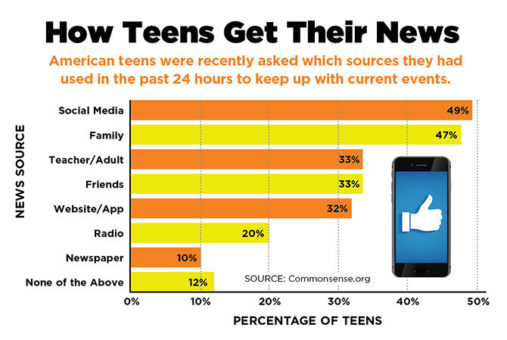
Pop Culture Mirrors Current Events
FastCompany magazine recently did a roundup of pop culture growing out of the Trump presidency in 2017. Among the mediums covered under the pop culture umbrella were film (e.g. the movie “The Post”); television (e.g. “Saturday Night Live”; late night TV; “Unbreakable Kimmy Schmidt”; “American Horror Story”); and music.
Many of the late night TV hosts use their opening monologues as a way to review that day’s or the previous day’s news. This gives comedy writers an opportunity to employ both satire and parody to address issues.
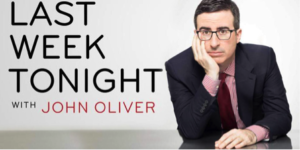
An example of Oliver’s style: The comedian has actually purchased ad time on the FOX TV affiliate in Washington DC, because he knows President Trump frequently watches it. In April, for example, Oliver bought commercial time to air a parody spot explaining why the president should not scuttle the Iran Nuclear Deal. You can see the ad here and other ad highlights from the series in this Yahoo Now segment.
Now, I know what you might be saying: middle school students probably don’t follow late night TV nor are they likely to be familiar with the Iran Nuclear Deal and its implications.
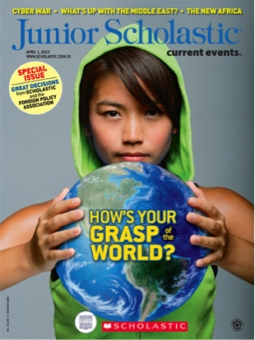
Oliver, and other late-night comedians, often uses snippets of actual newscasts in order to help the audience understand an issue. By doing so, he is demonstrating a certain type of “news literacy.” Clips like these help bolster the argument and provide the necessary evidence about the topics these shows frequently explore. In many ways, late night television provides commentary and opinion that is rarely found on network or cable news networks.
In the VOX produced video “Comedians Have Figured Out The Trick To Covering Trump” (some language may not be appropriate for middle grades), the narrator uses many examples from Presidential speeches and the news to generate the humor. In the VOX video, Penn State professor Sophia McClennen, author of Is Satire Saving Our Nation? Mockery and American Politics, argues that political satire actually makes smarter news consumers.
In this op-ed, one student journalist seems to hit the nail on the head: “ We trust the comedians, who are known for exaggerating the truth, more so than the mass media as a news source.”
A Helpful Pop Culture Teaching Resource
You may not be comfortable with your students’ pop culture or how to bring it into the classroom. There is help.
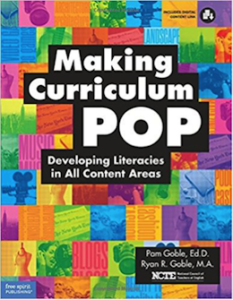
Teachers should not be afraid to use popular culture in instruction. Those who have taken this step already know the benefits outweigh the risks. And you’ll be meeting your students where they are already.
Other recommendations:
► 8 Tips for Incorporating Pop Culture In The Classroom
This in-depth article at TeachThought includes middle and high school classroom success stories.
► Why Pop Culture Has A Place In The Classroom
Some teachers may feel uncomfortable introducing pop culture to a younger generation. This article includes teacher Tim Weedon’s three-step process he uses to make sure he doesn’t come across as hopelessly out of date.
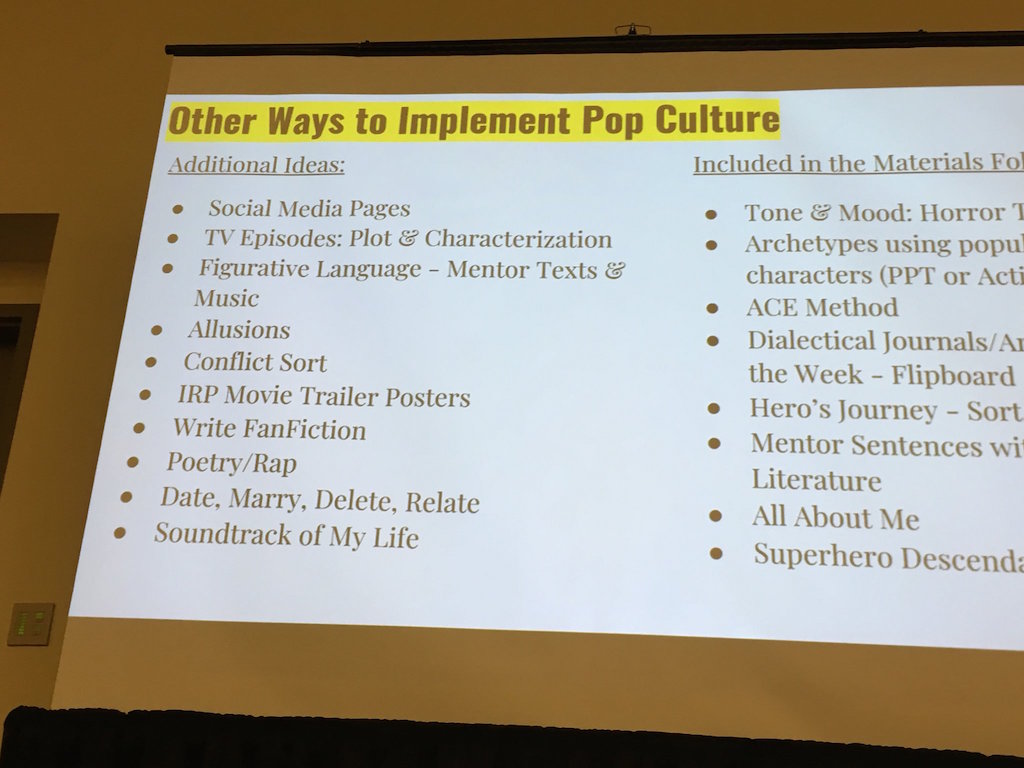
Source: Cathy Leogrande
► Pop Culture In The Classroom
This Scholastic post lands right in the grades 6-8 sweet spot, with seven ideas to “engage middle schoolers by bringing pop culture into your lesson plans.”
► How To Teach Pop Culture In The Classroom
The U of Southern California education school put this post together. It has fresh ideas about teaching TV shows, trending pop topics, and podcasts. Be sure to explore the additional resources at the end, for links to Edutopia, Cult of Pedagogy, Teach.com, and AMS’s “Math in Pop Culture.”
___________________
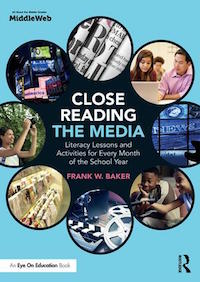
Baker maintains the Media Literacy Clearinghouse (www.frankwbaker.com) named as one of the Top Free Best 100 Web Sites of 2017. He can be reached at fbaker1346@gmail.com and via Twitter @fbaker.





























